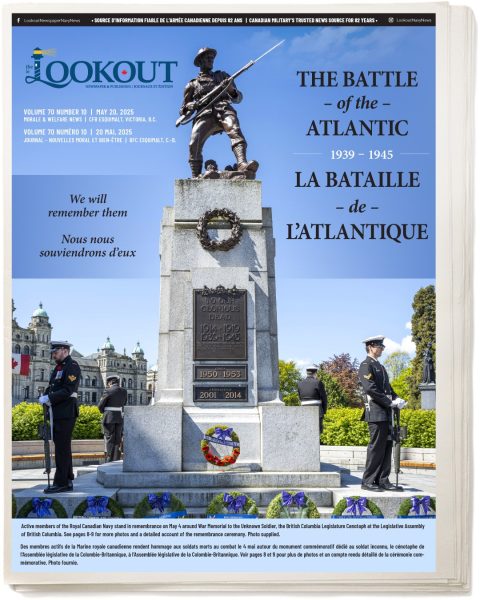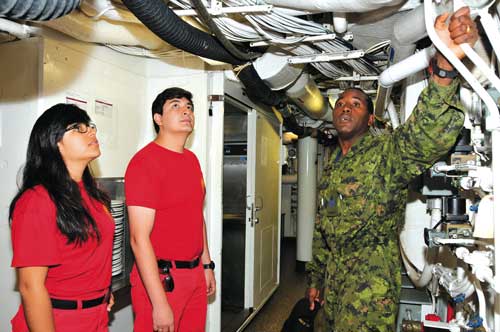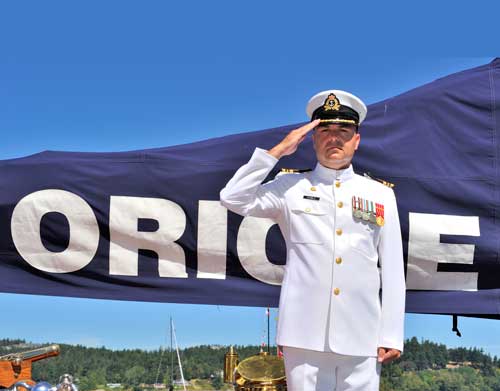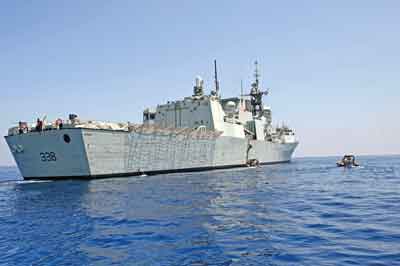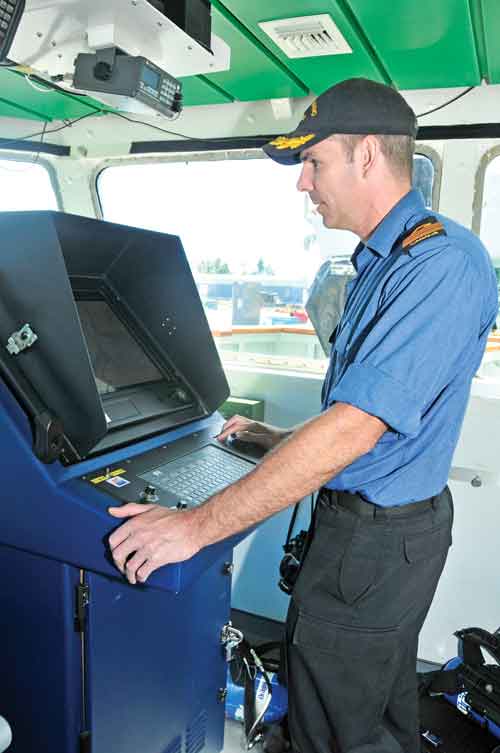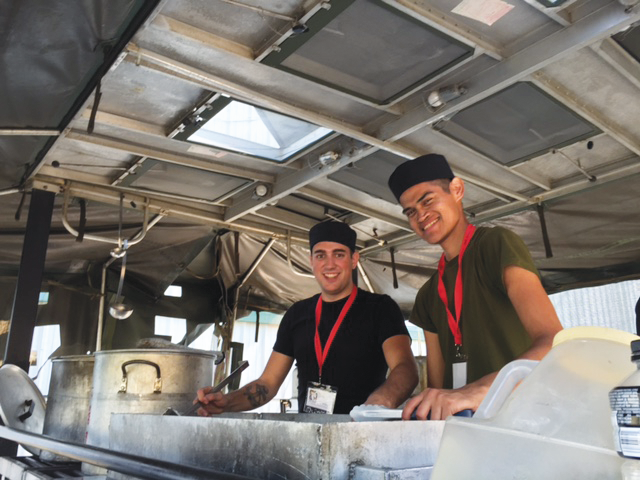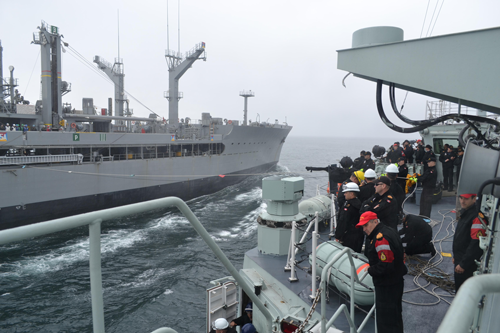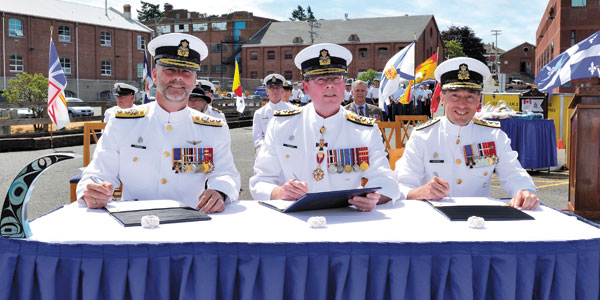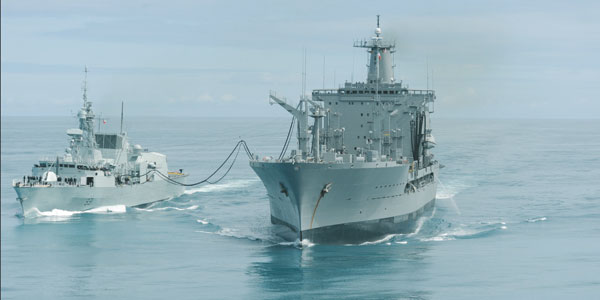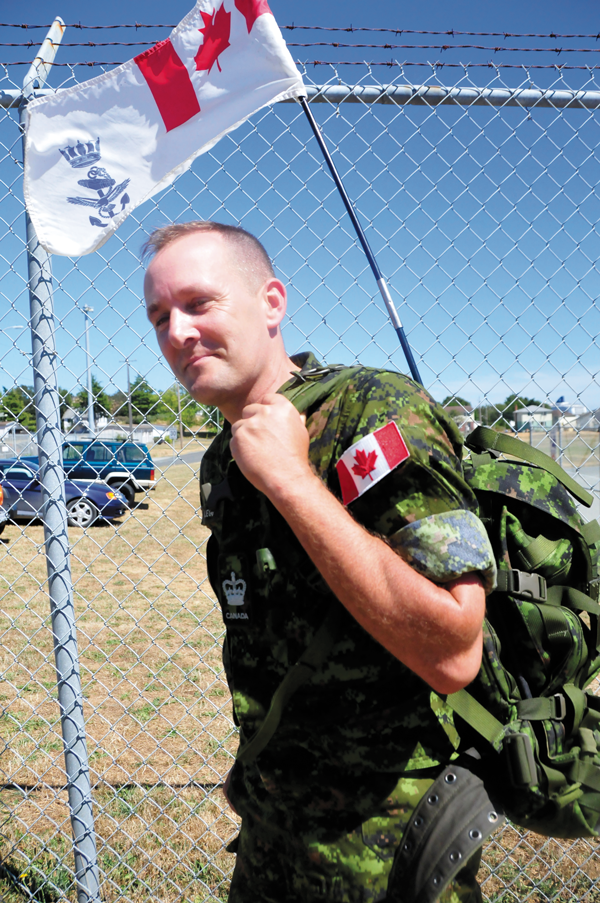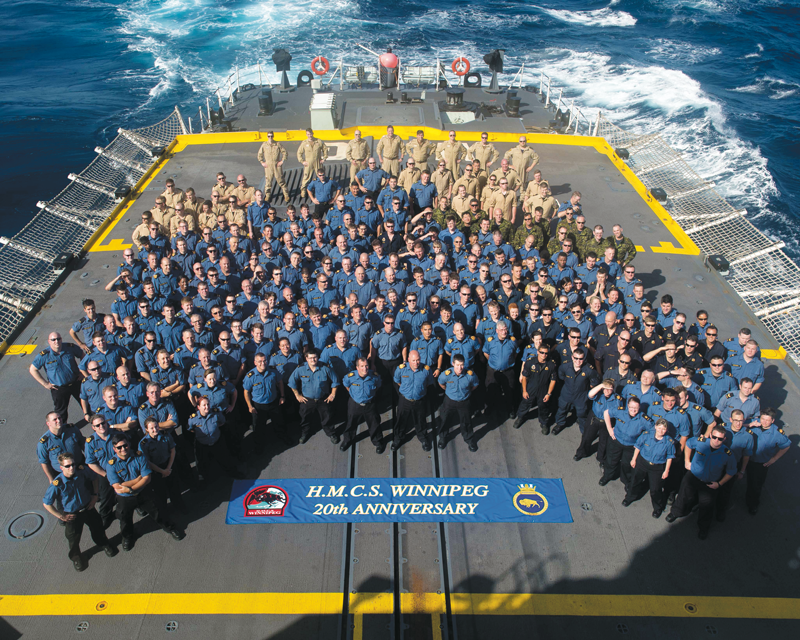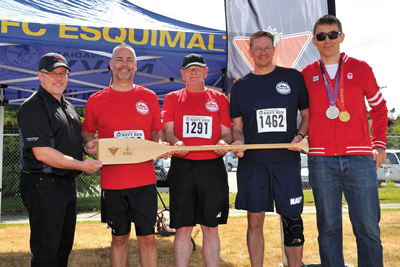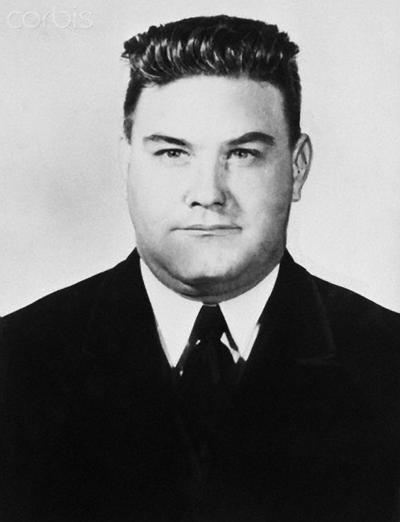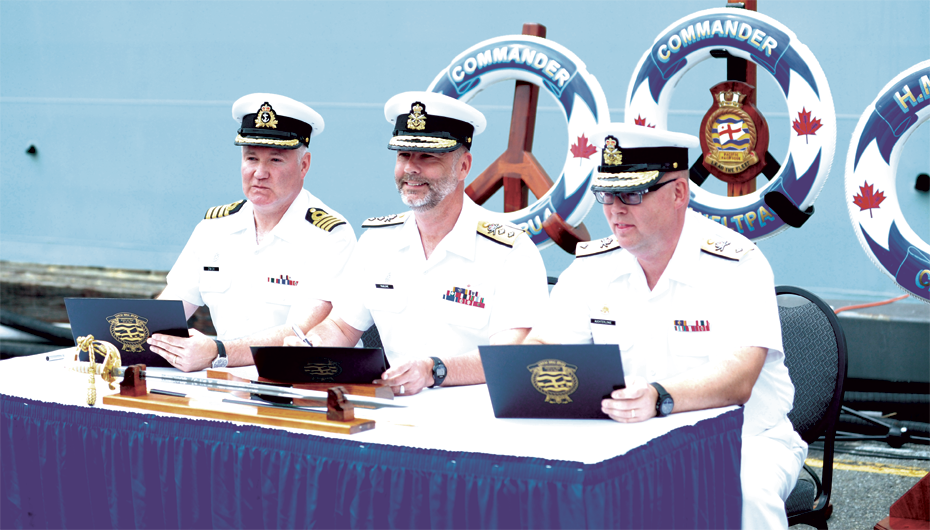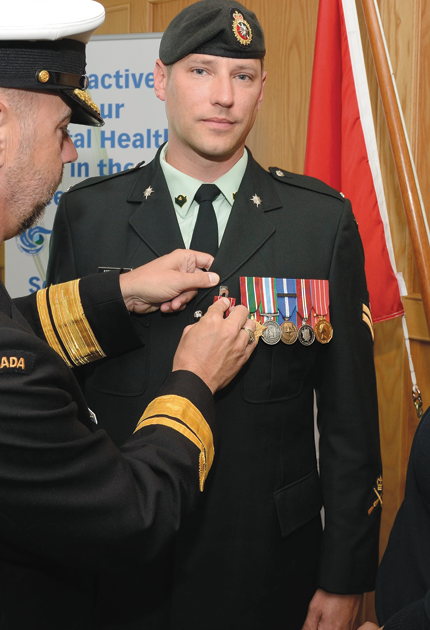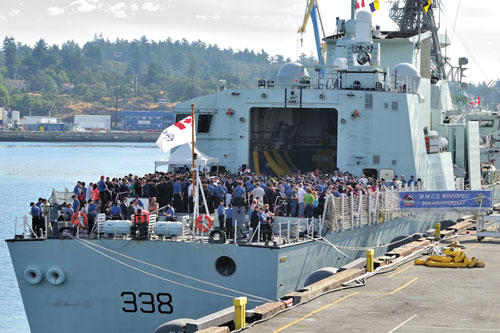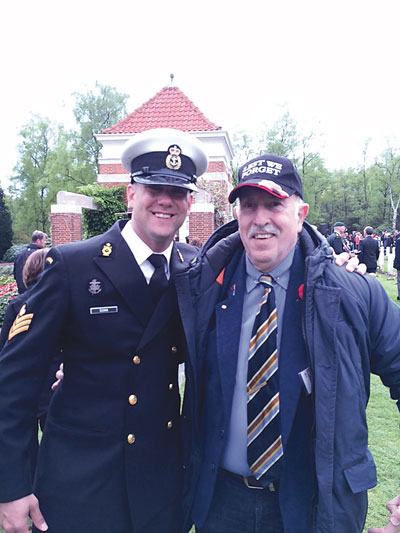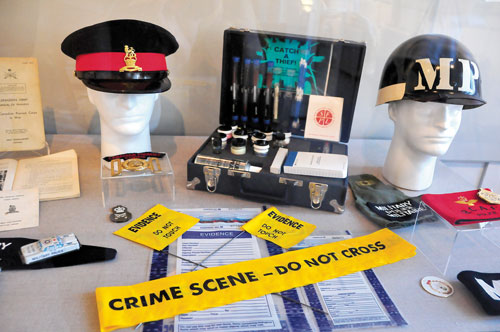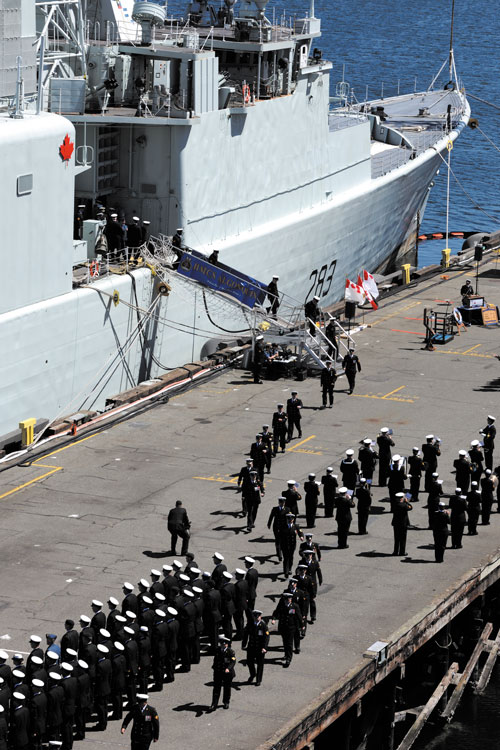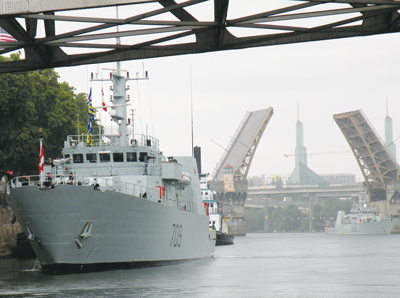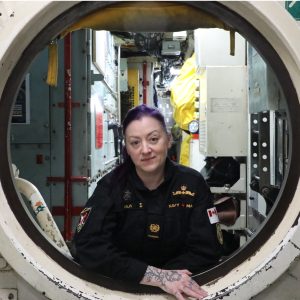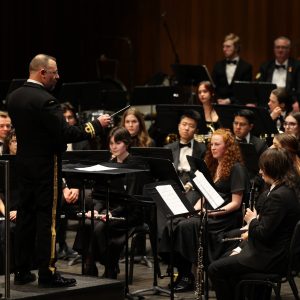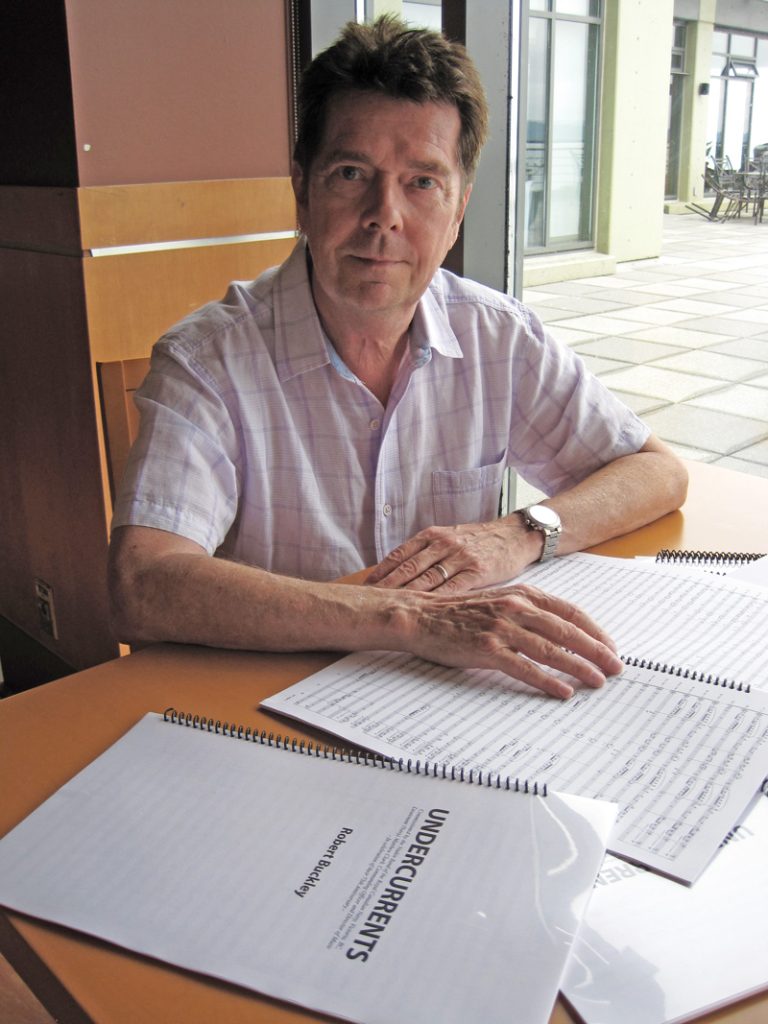
Naden Band joins forces with prolific composer
[caption id="attachment_10604" align="aligncenter" width="224"] Bob Buckley[/caption]Seated far back in the crowd at the bustling Ladner Band Festival last June, Bob Buckley was entranced by the perfectly played music of the Naden Band of the Royal Canadian Navy.“They were unbelievable that day,” says Buckley. “They are probably one of the best wind ensembles I’ve ever heard in the world.”Buckley, a Canadian composer who has written hundreds of scores for television shows and movies, approached Director of Music for the Naden Band, Lieutenant (Navy) Matthew Clark after the show, proposing the two collaborate on a musical project.“When Bob came up to me, I told him, ‘we have played your music before’,” says Lt(N) Clark. “From there we started a conversation about working together.”Lt(N) Clark wound up commissioning Buckley to write a piece for their 2014 Christmas concert. From there, the two agreed to pair their individual experience to record and produce a CD.“It was always my dream to be a serious composer,” says Buckley, who studied composition at the University of Washington and the University of British Columbia. “But then I got seduced by rock and roll for 20 years.”He has conducted and arranged for major artists such as Michael Bublé, Bryan Adams, Celine Dion, Our Lady Peace, Simple Plan and Aerosmith, to name a few.His musical genius has led him to play in more than a few rock bands, and even a wind ensemble in Holland. Buckley has published at least 60 different wind band compositions with North American and Dutch music publishers.For the CD, he agreed to compose a number of original pieces, and Lt(N) Clark worked with the band to rehearse and polish Buckley’s music.The CD, “Undercurrents”, is comprised of 15 tracks of contemporary wind music. It features a range of tones and styles, from jazz and classical to...
